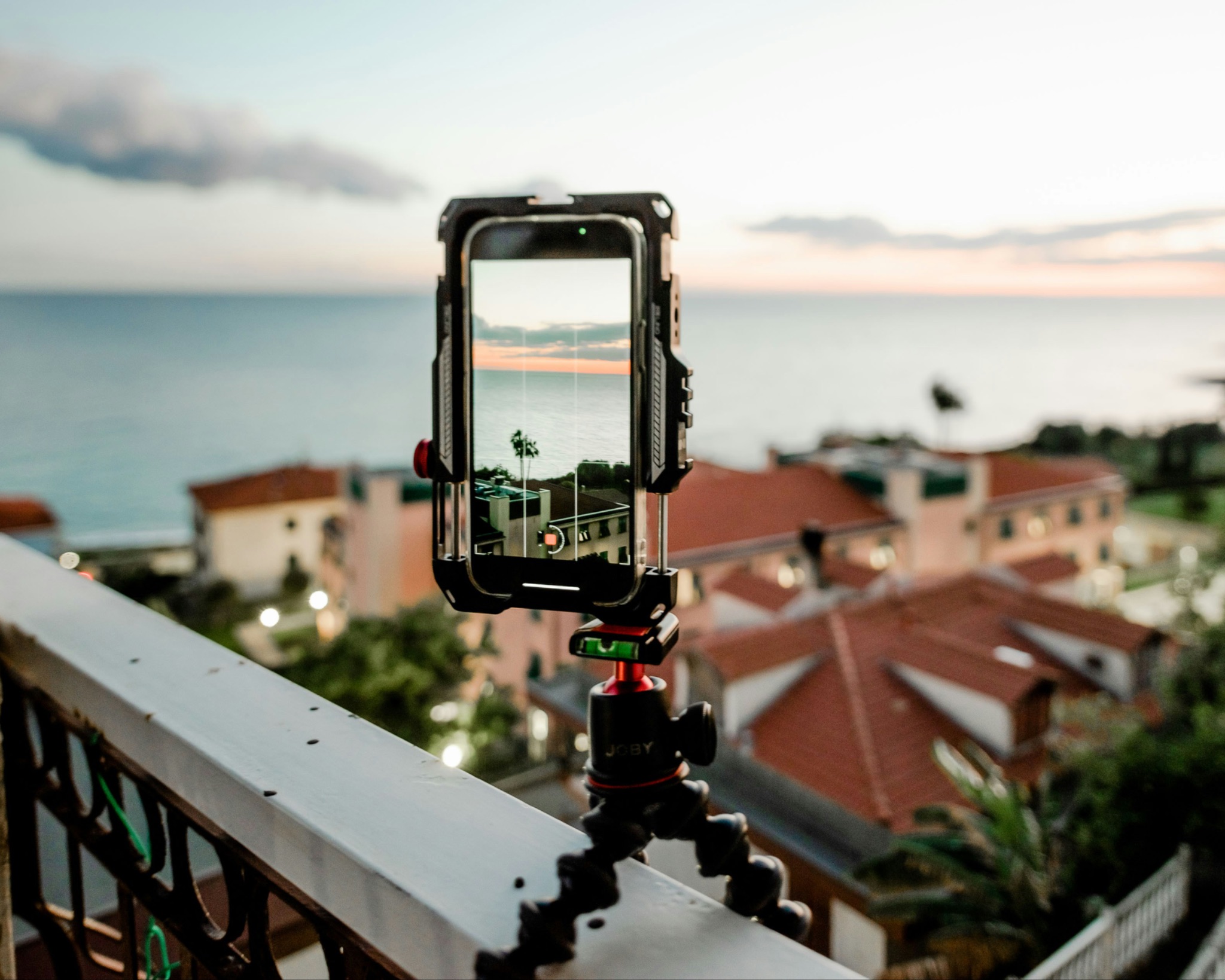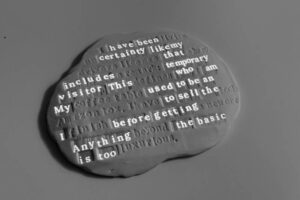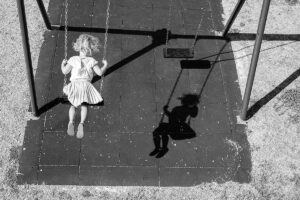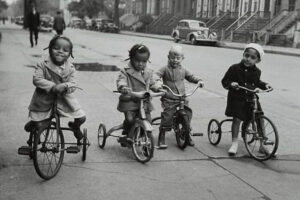
Ever wondered why some photos look wide and expansive, while others are zoomed in and detailed? Or why are some images bright and clear while others seem to blur more? The answer lies in the lens, a crucial component of any camera. Let’s take a look at two key concepts: focal length and aperture.
Focal length: Zooming in and out
Focal length, measured in millimeters (mm), determines how much a lens can capture a scene.
- Wide-angle lenses (16-35mm): These lenses capture a wide field of view, making them ideal for landscapes, architecture and group photos.
- Standard lenses (35-50mm): These lenses offer a natural perspective, similar to human vision. They’re versatile and suitable for various subjects.
- Telephoto lenses (70-200mm): These lenses magnify distant subjects, making them perfect for wildlife, sports, and portrait photography.
Aperture: Controlling light and depth of field
The aperture, measured in f-stops (e.g., f/2.8, f/4, f/8), controls the amount of light entering the lens. It also affects the depth of field, which is the area of the image that appears sharp. Also, the f/stops get a little confusing at first; the smaller the number (like f/2.8), the lower the f-stop and wider the aperture. Meanwhile, the larger the number (say f/16), the higher the f/stop and the narrower the aperture.
- A wide aperture (low f-number): More light enters the lens, creating a shallow depth of field. This isolates the subject from the background, making it ideal for portraits.
- Narrow aperture (high f-number): Less light enters the lens, creating a deep depth of field. This keeps more of the image in focus, perfect for landscapes and group photos.
Choosing the right lens
When selecting a lens, consider your photography style and subject matter.
- Landscape photographers: Wide-angle lenses are essential for capturing expansive vistas.
- Portrait photographers: Telephoto lenses with wide apertures are ideal for isolating subjects and creating beautiful bokeh (background blur). Or a good 50mm lens can do wonders for portraits
- Wildlife photographers: Long telephoto lenses are necessary for capturing distant animals.
- General photographers: A versatile zoom lens can cover a wide range of focal lengths.
- Street photographers: many street photographers use a 35mm or 50mm lens
Remember, the best lens is the one you use. Experiment with different focal lengths and apertures to find what works best for you. With practice, you’ll develop a keen eye for composition and lighting. And don’t be afraid to mix things up, shoot nature or portraits with a wide-angle or street with a telephoto etc. So, grab your camera, explore the world, and let your creativity flow!
Want to find out more about aperture? Check out this article
Tell your story with the second annual Visual Storytelling Conference!
Experience four days of interactive, online training sessions featuring a range of educational content with experienced photographers and content creators. This free event kicks off with a series of technical boot camps to build essential skills, followed by live, online sessions on photography, video, business and social media. Join live from March 10-13, 2022!
- Posted on October 29, 2024
By shopping with our partners and affiliates, you help keep content on Photofocus free. Click here to learn more.
Julie Powell is a passionate photographer and educator, running online classes and workshops for still life, macro, food and portraits, based in Melbourne, Australia. Julie is also an award-winning digital artist and photographer who has a deep passion for fine art and conceptual photography, having exhibited in galleries in Europe, USA and Australia. See more of her work on her Website Juliepowellphotography.com or on social media.
Thanks to our partners who make Photofocus possible
Radiant Photo – Radiant Photo superior quality finished photos with perfect color rendition, delivered in record time. Your photos — simply RADIANT. The way they are meant to be.
Mylio Photos – Access your photos from anywhere, without the cloud! Easily showcase your photos on-the-go, resolve duplicates, find faces and look for those stunning locations.
B&H – B&H is a world renowned supplier of all the gear photographers, videographers, and cinematographers need and want to create their very best work.
MPB – Grab used but perfectly working cameras and lenses for less, or turn your old gear into cash by trading and selling them on MPB!
Sign up for our newsletter to get the latest from Photofocus delivered each week.

 3 weeks ago
7
3 weeks ago
7










 English (US) ·
English (US) ·
Inline Feedbacks
View all comments